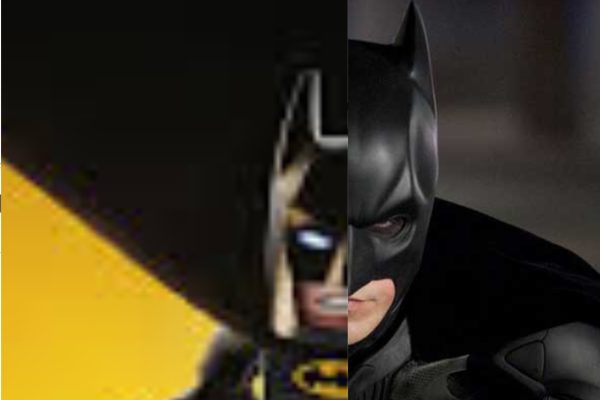With Hate in Their Hearts
With Hate in Their Hearts: a Documentary by Coal Halvorson
Due to recent polarization in America’s political climate, more and more young people have become interested and involved in local and national politics. From marches, clubs, and early voter registration, many students are beginning their active role in politics. CCES has many students who participate in these events and students are encouraged to express and discuss their views freely and respectfully at school. One opportunity that many students use to share important causes, often having to do with politics, is their senior theses.
Coal Halvorsen is one of the students in the class of 2018 who pursued the challenging but valuable issue of white nationalism in his documentary, With Hate in their Hearts. Coal wanted to “show that racism is not behind us” and that “it continues to harm our society.” He included many interviews, images, and compelling narratives from a diverse range of perspectives. He gave viewers a look into the minds of self-proclaimed “white nationalists” and tried to explain the motivation for their hatred.
Originally inspired by the controversy surrounding the use of the confederate flag, Coal’s focus shifted to something much more complex when the Charlottesville “Unite the Right” rally made the news. During his documentary, Coal reminded viewers of the grave seriousness that the racist symbols and ideas pose onto the american people by including videos of a car mowing down counter-protestors at the Charlottesville rally and images of past acts of violence by the KKK and sympathizers. Along with these historic images, Coal included examples of symbols for bigotry in politics in the past including former candidates for public office as well as current president of the United States, Donald Trump. As well as these examples, Coal included interviews from people who are involved in Life After Hate- a non-profit organization to help people leave hate groups- and administrators of the civil rights museum in Montgomery, Alabama.
During his research, Coal was shocked when the leaders and participants of these hate groups shared their personal information and phone numbers, and was “astounded by how open they were about these incredibly offensive beliefs.” During his work on the project, Coal felt the effects of such negative and hateful ideas as he began to study it more in depth. He said that “ingesting all of this hate begins to take a toll on you” and that he needed to get up and away from his research for a while because of how “angry and disgusted [he] was with some of the material.”
The parallels that Coal shows between racism in the past and the present are sobering, and the inclusion of such recent examples and figures gave the documentary a shockingly real feeling. Coal felt that he reached his audience by exposing the hatred that is still alive in America, and he learned about being more socially conscious and realizing that we need to pay attention to everything around us and not just focus on our own lives, because there is “a lot that goes on outside of our own personal bubbles.”










